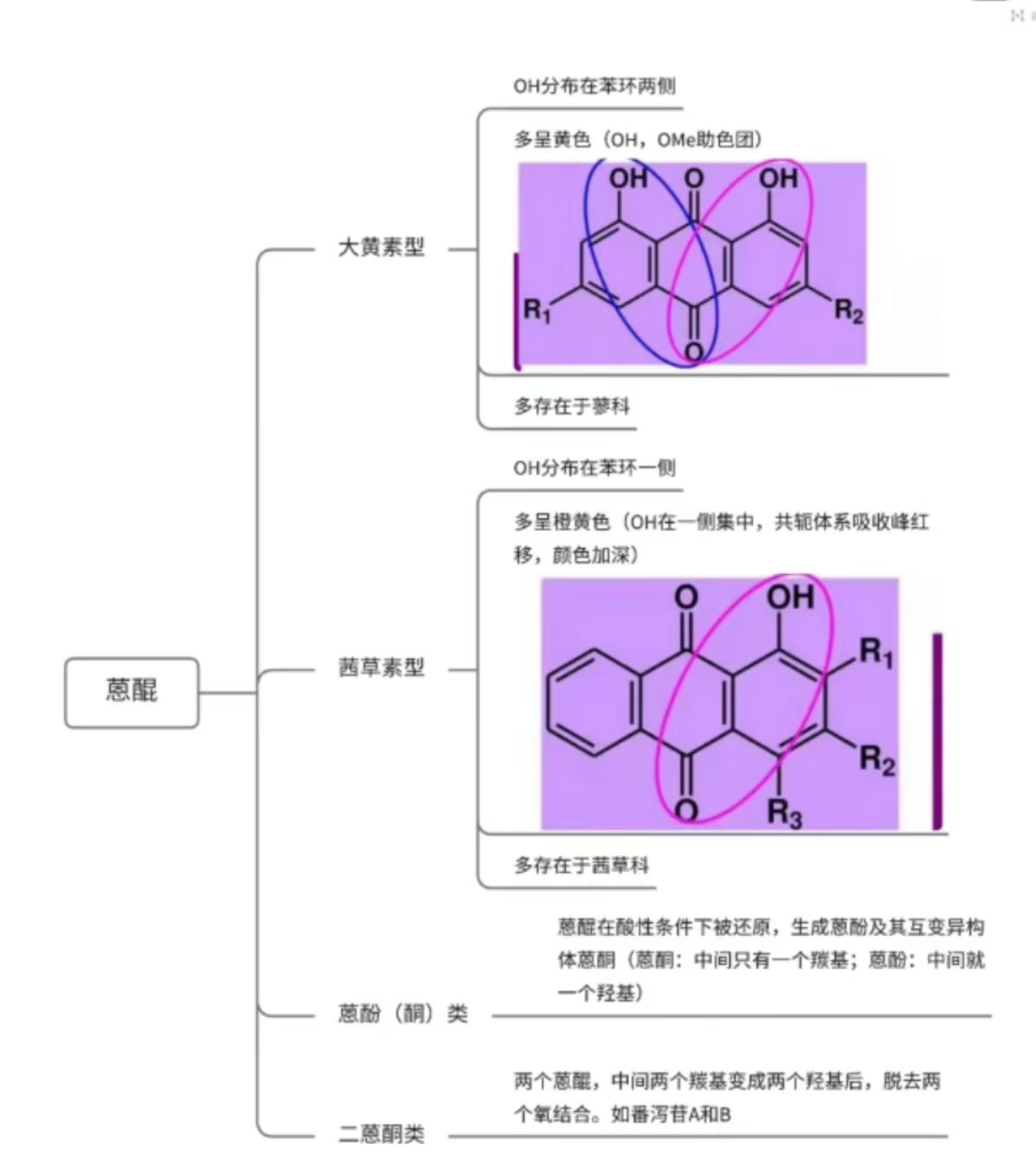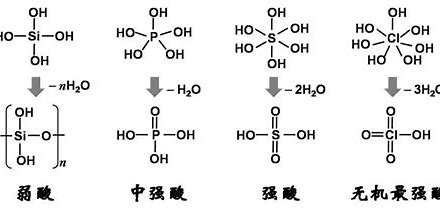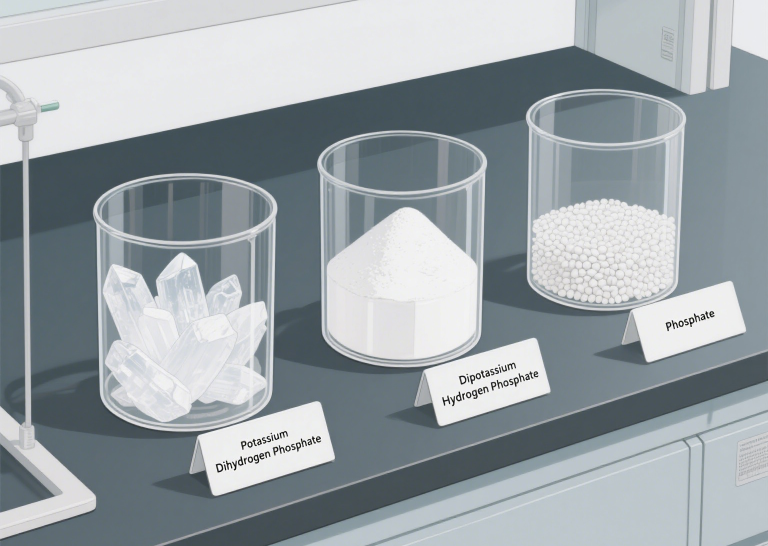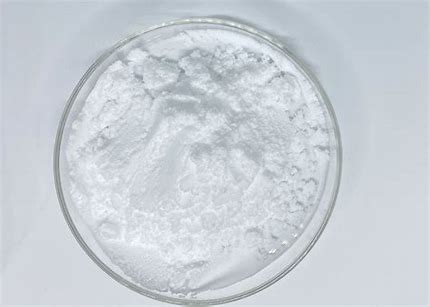2-Ethyl Anthraquinone: Structure, Properties & Key Applications
2-Ethyl Anthraquinone is a fascinating organic compound that plays a surprisingly central role in several major industrial processes. While its name might sound complex, understanding its chemical structure, unique properties, and diverse applications reveals its importance, particularly in the large-scale production of a common household chemical: hydrogen peroxide.
1. Understanding 2-Ethyl Anthraquinone: Its Chemical Structure
At its core, 2-Ethyl Anthraquinone (C16H12O2) is a derivative of Anthraquinone, which itself is a bicyclic aromatic ketone. The “2-Ethyl” part of its name refers to an ethyl group (−CH2CH3) attached at the second position of the Anthraquinone ring system.
- Anthraquinone Core: The basic Anthraquinone structure consists of three fused benzene rings with two ketone (C=O) groups. This highly conjugated system gives it stability and specific chemical reactivity.
- Ethyl Group Attachment: The addition of the ethyl group at the 2-position modifies the properties of the parent Anthraquinone, making 2-Ethyl Anthraquinone particularly suited for its primary industrial application.
- Molecular Formula: C16H12O2
- Molar Mass: Approximately 236.27 g/mol
- Appearance: Typically a pale yellow solid or powder.
The precise placement of the ethyl group is crucial as it influences the solubility, melting point, and most importantly, the redox potential, which makes 2-Ethyl Anthraquinone ideal for its main industrial application.
2. Key Properties of 2-Ethyl Anthraquinone
The unique properties of 2-Ethyl Anthraquinone make it highly valuable across its applications:
- Redox Activity: This is by far its most important property. 2-Ethyl Anthraquinone can readily undergo reversible oxidation-reduction (redox) reactions. It can be easily hydrogenated (reduced) to 2-Ethyl Anthrahydroquinone and then oxidized back to 2-Ethyl Anthraquinone by reacting with oxygen. This cyclical transformation is the cornerstone of its primary use.
- Solubility: It has good solubility in various organic solvents, which is important for its use in industrial processes where it’s typically dissolved in a working solution.
- Stability: It is relatively stable under normal conditions but, like many organic compounds, should be handled with care.
- Melting Point: Typically around 108-111°C.
These properties are precisely what make 2-Ethyl Anthraquinone an indispensable component in the autoxidation process for hydrogen peroxide production.
3. Primary Application: Hydrogen Peroxide Production (The Autoxidation Process)
The most significant and defining application of 2-Ethyl Anthraquinone is its use in the anthraquinone autoxidation process (also known as the Riedl-Pfleiderer process) for the industrial manufacturing of hydrogen peroxide (H2O2). This method accounts for almost all of the world’s hydrogen peroxide production.
Here’s a simplified breakdown of the process:
- Hydrogenation:2-Ethyl Anthraquinone (dissolved in an organic solvent) is catalytically hydrogenated using a noble metal catalyst (like palladium) to form 2-Ethyl Anthrahydroquinone (also known as 2-Ethyl Anthraquinol).
- 2−Ethyl Anthraquinone+H2Catalyst
2−Ethyl Anthrahydroquinone
- 2−Ethyl Anthraquinone+H2Catalyst
- Autoxidation: The 2-Ethyl Anthrahydroquinone solution is then oxidized by air (oxygen). During this step, the 2-Ethyl Anthrahydroquinone reverts back to 2-Ethyl Anthraquinone, and importantly, hydrogen peroxide is formed.
- 2−Ethyl Anthrahydroquinone+O2→2−Ethyl Anthraquinone+H2O2
- Extraction: The generated hydrogen peroxide is then extracted from the organic working solution using water.
- Recycling: The regenerated 2-Ethyl Anthraquinone solution is recycled back into the hydrogenation step, making the process continuous and highly efficient.
The beauty of this process lies in the fact that 2-Ethyl Anthraquinone itself is not consumed; it acts as a carrier for hydrogen and oxygen, facilitating the production of hydrogen peroxide in a clean and efficient manner.
4. Other Notable Applications of 2-Ethyl Anthraquinone
While hydrogen peroxide production dominates its industrial use, 2-Ethyl Anthraquinone and its derivatives find other specialized applications:
- Pulp and Paper Industry (Alternative Bleaching): In some pulp bleaching processes, 2-Ethyl Anthraquinone or other Anthraquinone derivatives can be used as a catalyst or additive to enhance the delignification (removal of lignin) process, reducing the need for harsher chlorine-based chemicals and potentially improving pulp yield.
- Chemical Synthesis: As an organic intermediate, it can be used in the synthesis of other Anthraquinone derivatives, dyes, and specialized organic compounds.
- Dye Industry: Anthraquinone derivatives are well-known for their use in dyes, and 2-Ethyl Anthraquinone can be a starting material for certain dye types, though less common than other substituted Anthraquinones.
- Catalysis: Its redox properties lend themselves to various catalytic roles beyond hydrogen peroxide production, though these are often more niche.

Conclusion: The Unsung Hero of Modern Chemistry
2-Ethyl Anthraquinone is a remarkable compound, whose elegant chemical structure gives rise to a set of properties that are perfectly suited for its most prominent role: the highly efficient and sustainable production of hydrogen peroxide. As a key player in the autoxidation process, it underpins a global industry, contributing to everything from disinfectants and bleaches to advanced materials. Understanding 2-Ethyl Anthraquinone is to appreciate a cornerstone of modern industrial chemistry, highlighting how specific molecular designs can drive powerful and far-reaching applications.
Frequently Asked Questions (FAQ)
- What is the main use of 2-Ethyl Anthraquinone? The main use of 2-Ethyl Anthraquinone is as the key working substance in the autoxidation process for the industrial production of hydrogen peroxide (H2O2).
- What is the chemical formula of 2-Ethyl Anthraquinone? The chemical formula of 2-Ethyl Anthraquinone is C16H12O2.
- How does 2-Ethyl Anthraquinone help produce hydrogen peroxide? 2-Ethyl Anthraquinone undergoes a reversible redox cycle: it is hydrogenated to 2-Ethyl Anthrahydroquinone, which then reacts with oxygen to regenerate 2-Ethyl Anthraquinone and produce hydrogen peroxide, making it a continuous and catalytic process.
- Is 2-Ethyl Anthraquinone consumed in the hydrogen peroxide production process? No, 2-Ethyl Anthraquinone is not consumed; it acts as a carrier in the process and is continuously regenerated and recycled.
- What are some properties that make 2-Ethyl Anthraquinone suitable for its applications? Its key properties include its reversible redox activity (easily reduced and oxidized), good solubility in organic solvents, and relative stability, all of which are essential for the autoxidation process.







